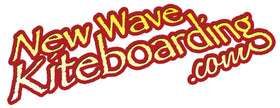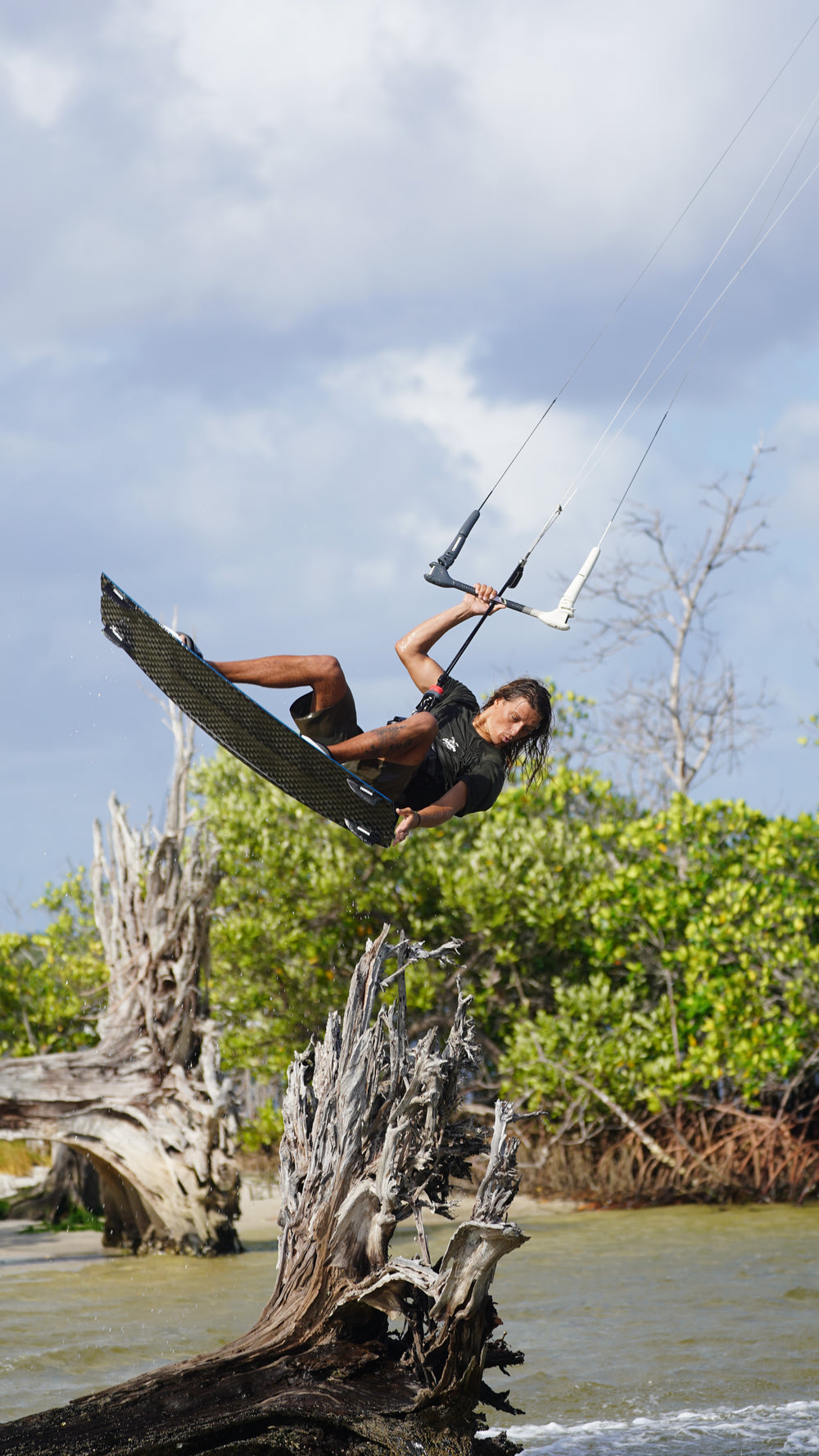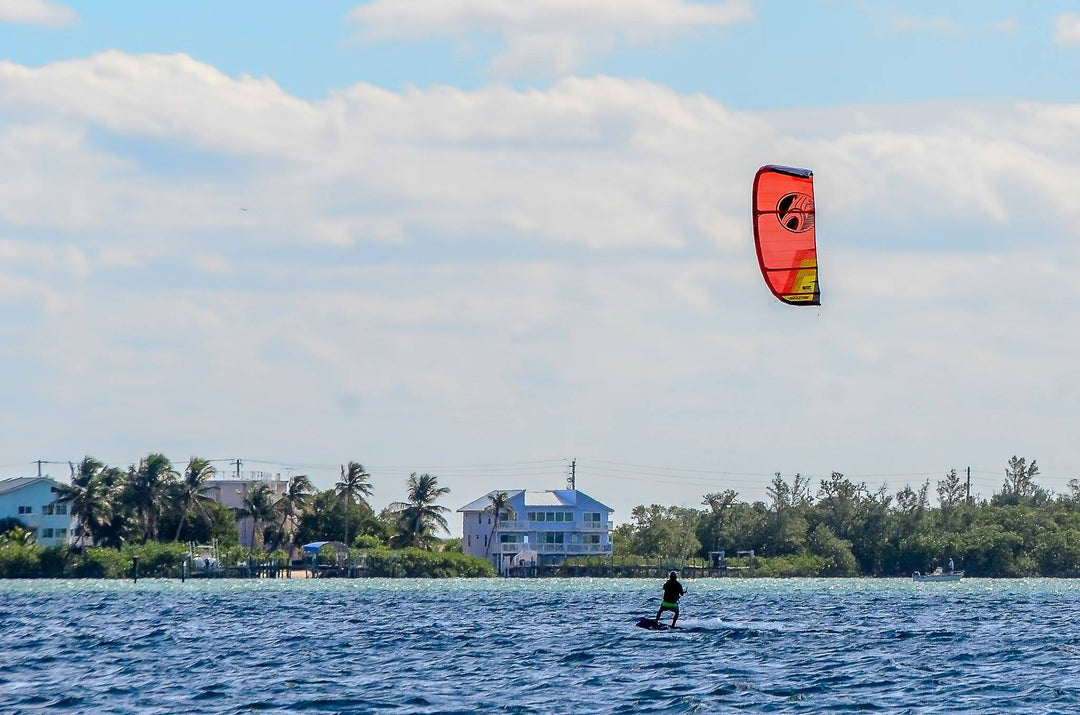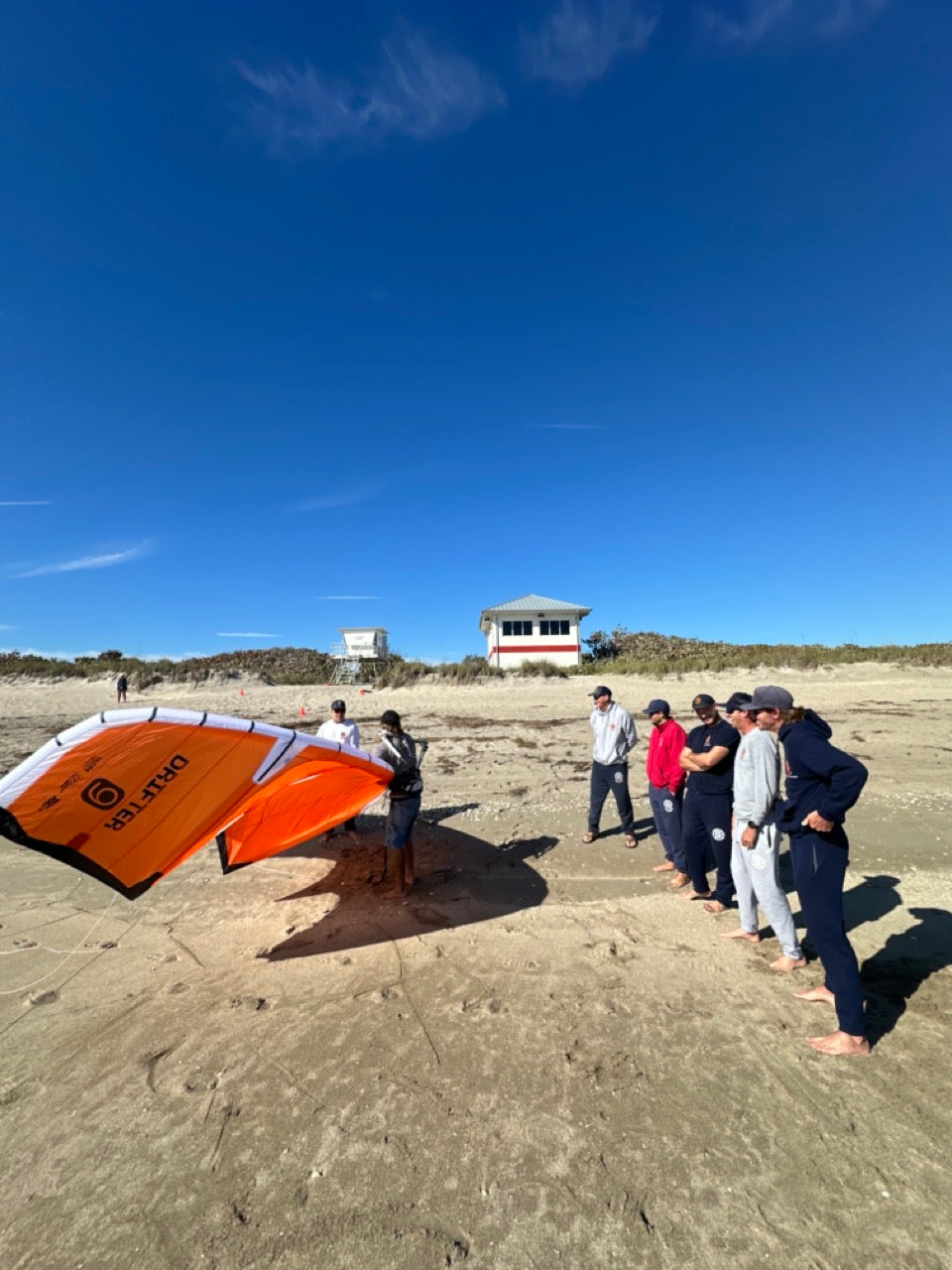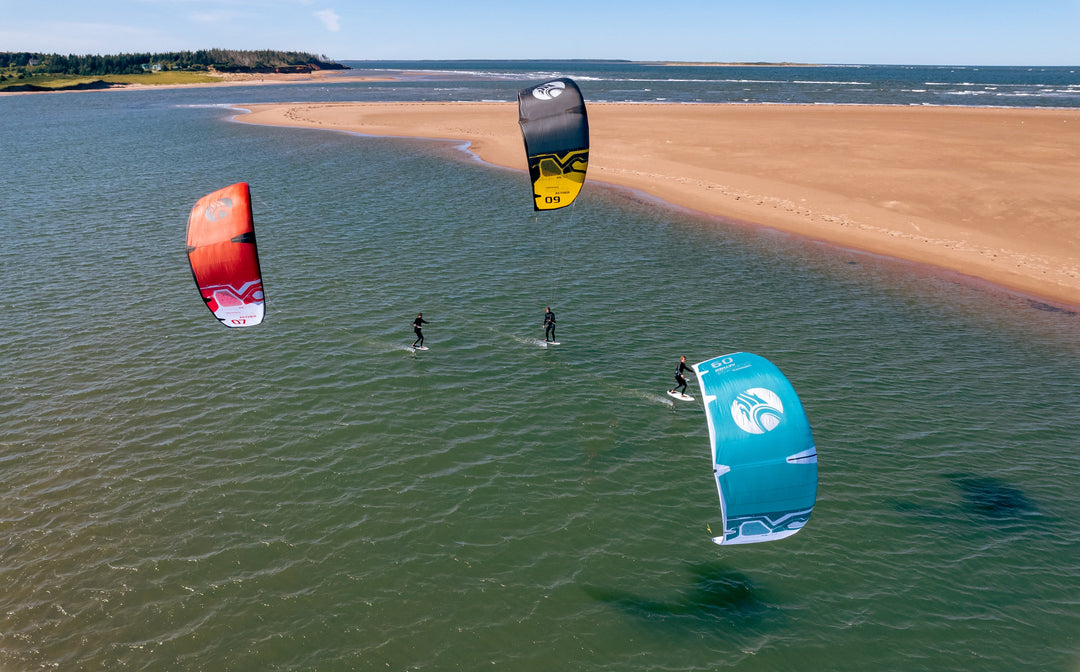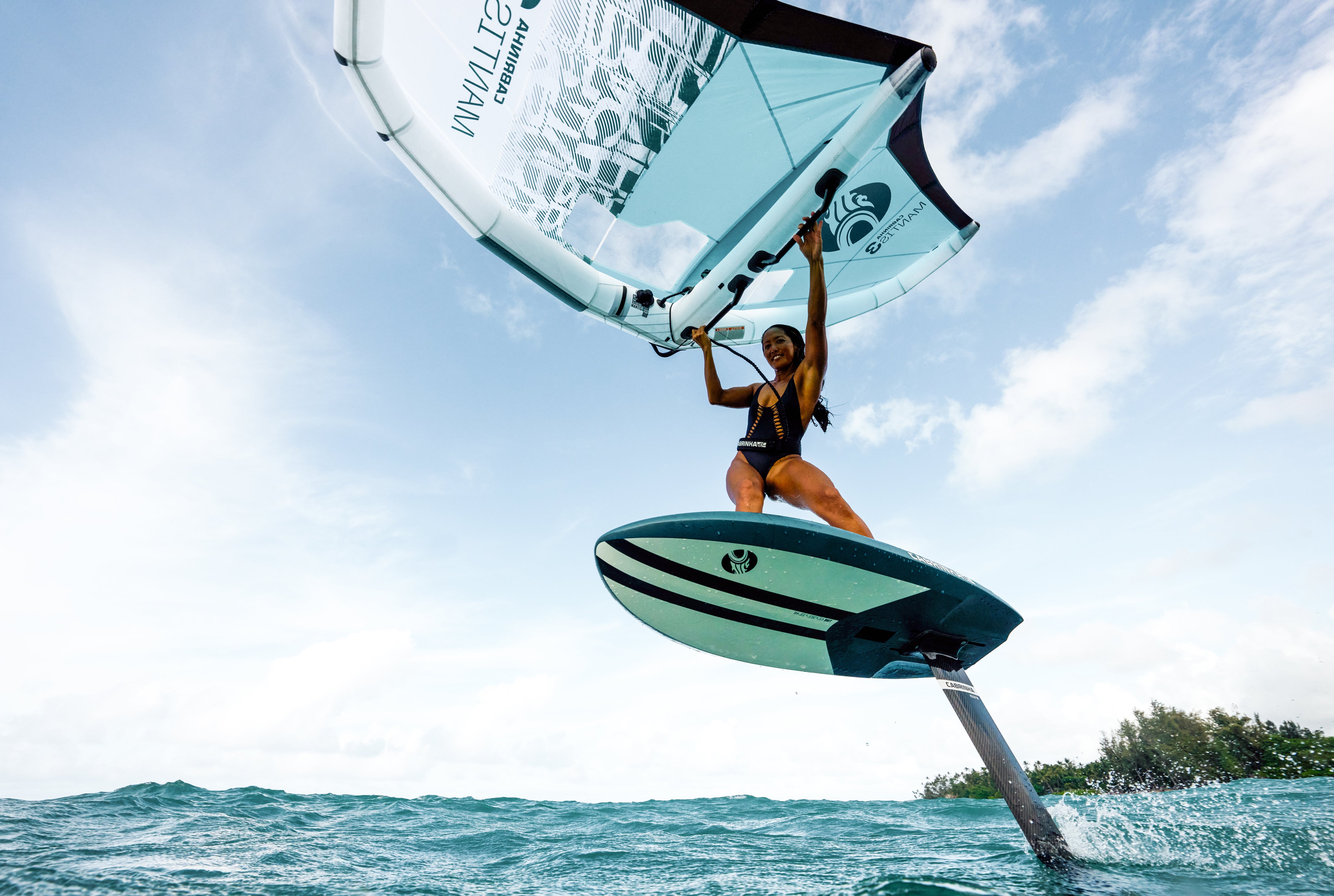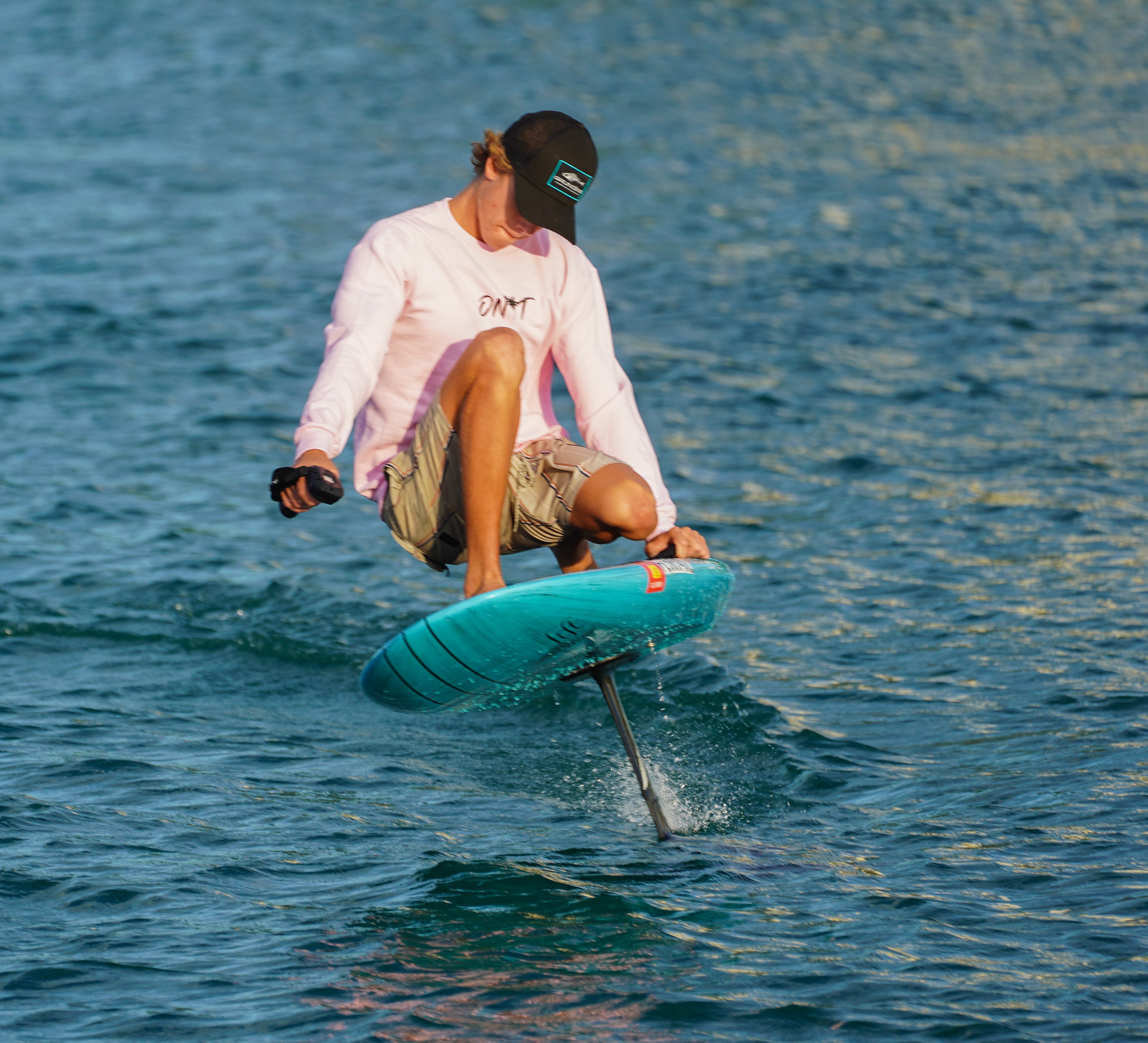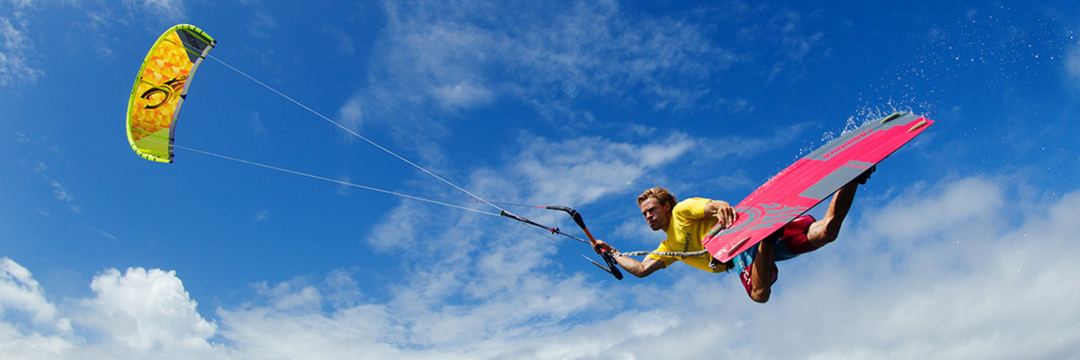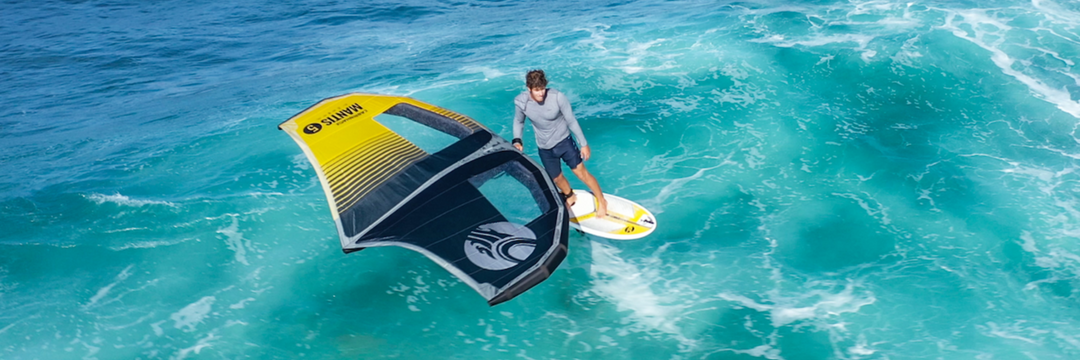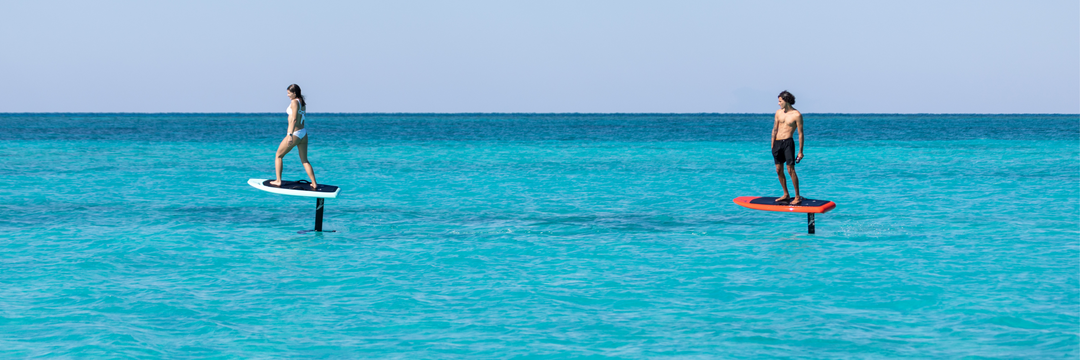Understanding Your Kite's Anatomy: A Comprehensive Guide
When it comes to kiteboarding, your kite is more than just a piece of fabric that catches the wind. It’s a finely tuned piece of engineering designed to harness the power of the wind while maintaining control and safety. Whether you're a beginner or an experienced rider, understanding the anatomy of your kite is crucial—not only for optimizing performance but also for making repairs or adjustments when necessary.
The Key Components of a Kite
Let’s break down the key components of your kite and how they work together to create the perfect ride:
1. Canopy
The canopy is the main body of the kite, typically made of durable, lightweight fabric. This part is responsible for catching the wind and generating lift. The material is often ripstop nylon or polyester, which resists tearing and maintains the kite’s aerodynamic shape. The design of the canopy, including its curvature and size, determines the kite’s performance characteristics, such as speed, stability, and power.
2. Leading Edge (LE)
The leading edge is the kite’s frontmost edge and is a critical structural component. It is an inflatable tube, usually covered with durable fabric, that provides shape and rigidity to the kite. Inflating the leading edge not only helps the kite maintain its form but also makes it float in case it lands in the water. The leading edge is also where the bridle system attaches, further influencing the kite’s flight characteristics.
3. Struts
Struts are additional air-filled tubes extending from the leading edge to the trailing edge. These smaller inflatable sections provide structural support to the canopy, ensuring it holds its shape even in gusty winds. Most kites have multiple struts, and their number and positioning can affect the kite’s stiffness, responsiveness, and overall performance.
4. Bridle
The bridle is a network of lines that connects the kite to the control bar via the flying lines. It’s attached to the leading edge and struts, helping control the kite's angle of attack (AOA) and shape during flight. The bridle plays a significant role in adjusting the kite's power and responsiveness. Some kites feature simple bridles, while others have more complex systems with pulleys for added control and depower options.
5. Bladder
Inside the leading edge and struts is the bladder, a flexible, airtight plastic tube that holds the air when inflated. The bladder is what gives the kite its buoyancy and rigidity. Over time, bladders can develop leaks or punctures, so knowing how to repair or replace them is a valuable skill for any kiteboarder.
Why Understanding Kite Anatomy Matters
Familiarizing yourself with the anatomy of your kite can enhance your overall experience on the water. Here’s how:
- Improved Performance: Knowing how each part works allows you to fine-tune your setup for different wind conditions and riding styles.
- Easier Repairs: If something goes wrong, understanding the kite’s components will make it easier to identify and fix the issue, whether it’s a tear in the canopy or a leak in the bladder.
- Better Maintenance: Proper care of each part of the kite extends its lifespan, saving you money in the long run.
- Safety: A thorough understanding of your kite’s mechanics can help you avoid accidents and ensure safe operation.
Next Steps: Maintenance and Repairs
Once you’ve got a good grasp of your kite’s anatomy, the next step is learning how to maintain and repair it. From patching a tear in the canopy to replacing a damaged bladder, basic repair skills are invaluable for any kiteboarder. Keep an eye out for our upcoming guides on kite repair and maintenance, where we’ll dive deeper into these essential skills.
Final Thoughts Your kite is the heart of your kiteboarding experience. By understanding its anatomy, you can unlock its full potential, tackle repairs with confidence, and enjoy smoother, safer rides. Whether you’re just starting or looking to refine your skills, mastering the basics of kite anatomy is a step every rider should take.
What’s next? Head to your local kite shop or browse our online store for tools and materials to keep your kite in top condition. Happy kiteboarding!
